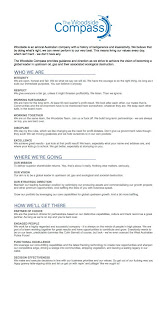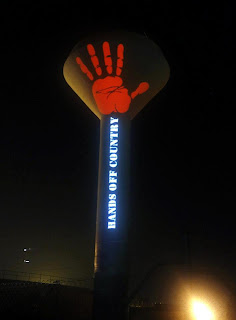Buru’s oil boom back on track
Thursday, 14 November 2013
David Upton
 |
| Yulleroo tailings dam from fracking photo taken 8th Nov2013 |
AFTER an agonising delay of 12 months, Buru Energy is finally set to answer one of the biggest questions on the Australian oil patch: how big is Ungani?
The question has been hanging since Ungani-1 intersected a 50 metre oil column in a previously unrecognised carbonate reef play two years ago.
Buru moved quickly to drill Ungani-2 and Ungani North-1, as well as going into the field with 3D seismic survey of the surrounding area of 240 square kilometres.
However, the survey was voluntarily suspended in October last year after traditional landowners reported the seismic crew had disturbed an Aboriginal heritage site.
A lengthy investigation by WA’s Department of Aboriginal Affairs cleared Buru and its contractors last month of wrong-doing, finding no evidence of any disturbance to an Aboriginal heritage site.
While no harm was done to Aboriginal heritage, there had been plenty of damage on the sharemarket, with Buru’s share price halving over the 12-month delay period to about $1.50.
Buru reached agreement with traditional owners in July on all aspects of exploration and development at Ungani, allowing a restart of clearing for the 3D survey.
Shooting the survey began in early September and was completed just three weeks ago.
In a statement earlier this week Buru managing director Keiran Wulff was able to provide shareholders with some encouraging early results.
He stated the preliminary data suggested Ungani was at least as big as Buru’s median case of 10 million barrels of recoverable oil, and could have significant upside.
“Interestingly, [the 3D survey] also shows some other prospects in that immediate vicinity that look like very attractive Grant closures above and just to the side of the field,” Wulff said.
“The final processing of the seismic data is still not quite completed, but we are pleased by the quality of the data and most importantly the clarity of the structural definition.
“The data received so far has enabled us to delineate our next drilling locations and we will be preparing the well sites ahead of the rig arriving in mid to late December.”
All of the data from the 3D survey is due to be processed by the end of next month, which will be a big step towards answering the question about the size of the Ungani field.
It is hoped the Ungani-3 appraisal well, which is due to spud next month, will provide confirmation of the interpreted size of Ungani, although it is possible a further well will be needed to provide enough certainty.
The high case for Ungani in previous assessments has been 20 million barrels of recoverable oil.
If the actual size approaches this figure, Buru can expect a whole new wave of excitement about the discovery.
Then, if there are multiple Ungani look-alikes in the vicinity of the original discovery, Buru could even find itself be at the centre of a new boom in Australia’s onshore oil production.
Unfortunately for other explorers Buru and its partner Mitsubishi have a tight grip on all the acreage over the Ungani oil trend, which extends over an area of 40 kilometres by 120 kilometres.
A recent research update from Deutsche Bank, which underwrote Buru’s $35 million placement with institutional investors in August, stated that “we understand the next two-plus exploration wells will target prospects with recoverable oil potential of over 30 million barrels each”.
The potential of Ungani is also hinted at in recent production forecasts by the company.
Phase 1 of the Ungani development is expected to produce between 1000 and 2000 barrels per day gross.
Buru and Mitsubishi are equal partners in the field.
Phase 1 is an extended production test that is due to restart later this month following a workover of Ungani-2, the upgrade of production facilities and the construction of an oil export facility at the Port of Wyndham.
Phase 2 is the full field development, including horizontal wells, and is planned to boost production to 5000 barrels per day by the end of next year.
With Phase 3 will come the development of new discoveries as part of an Ungani cluster. Buru believes there is potential in this phase for gross production to 15,000 barrels per day from the end of the following year.
In phase 3, Buru’s net production would total more than 2.5 million barrels per annum. This would make the company one of Australia’s top 10 oil producers, based on current rankings.
With so much at stake, the news from Buru will be closely watched over the next few months.




















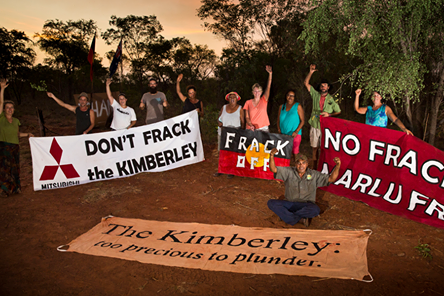


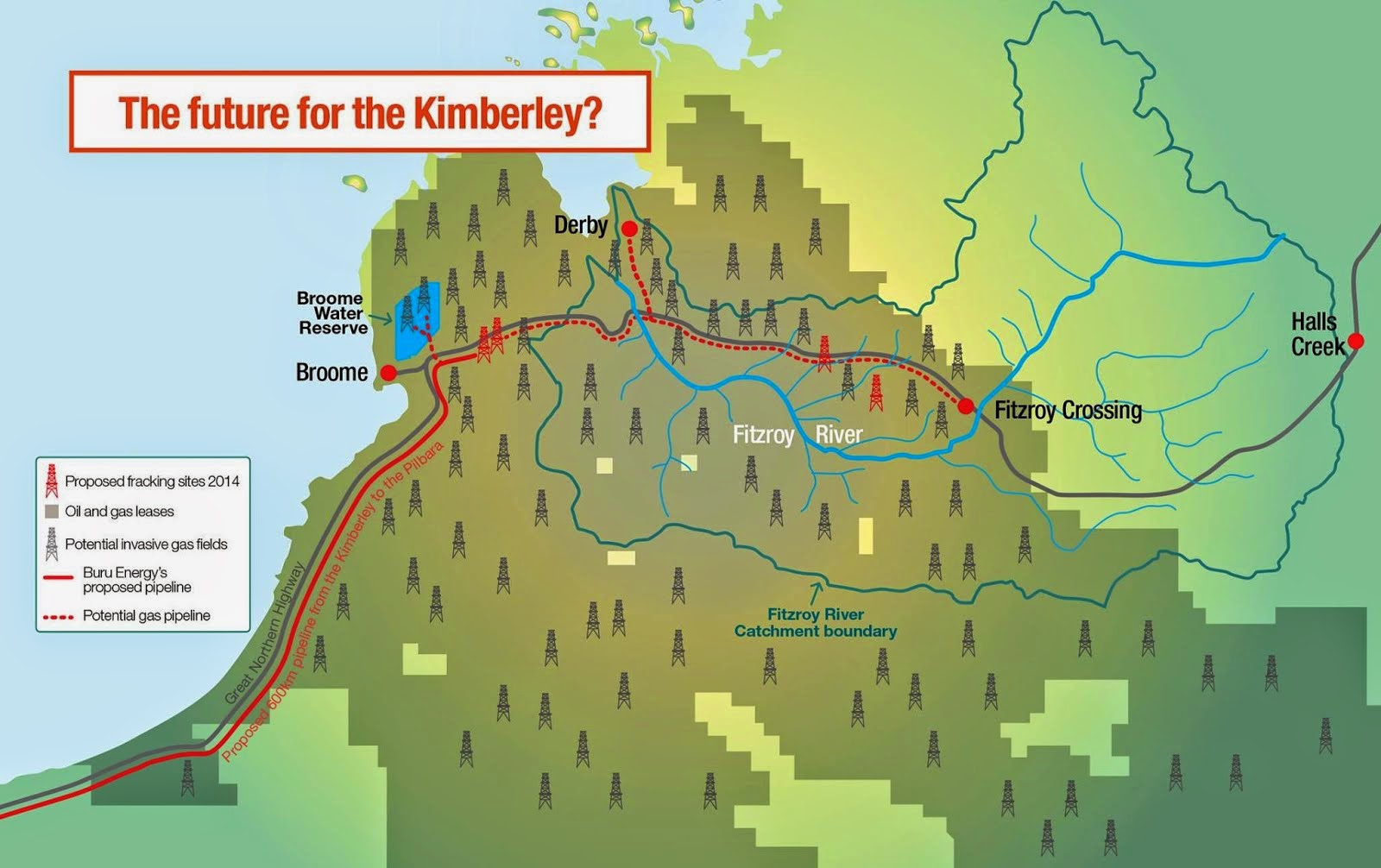





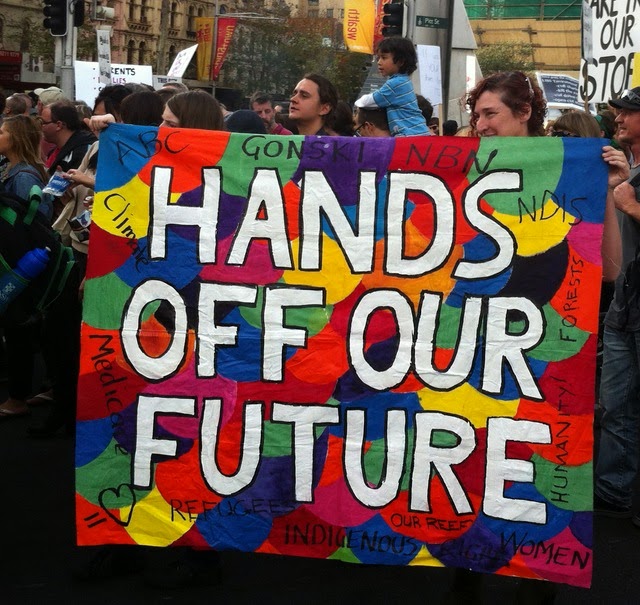


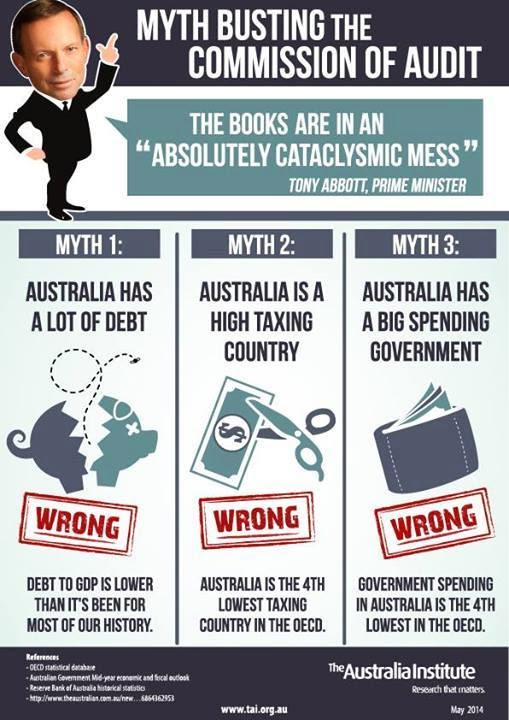
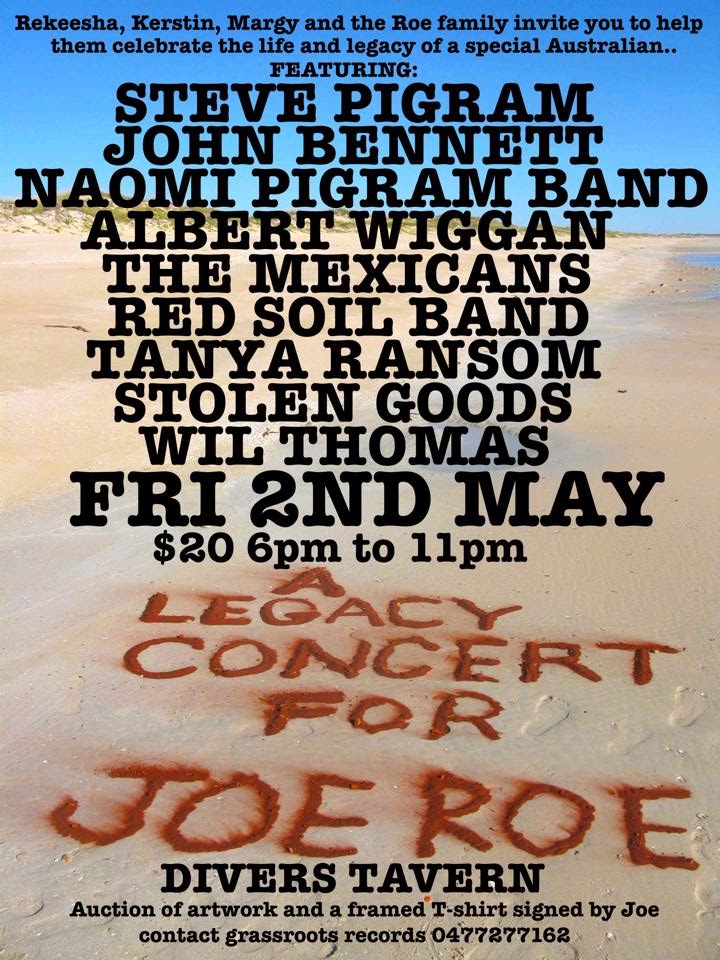

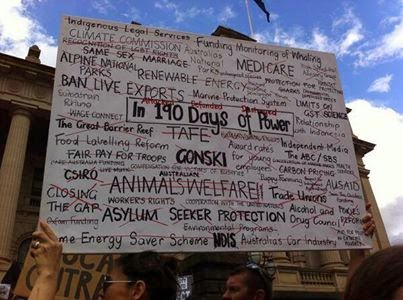


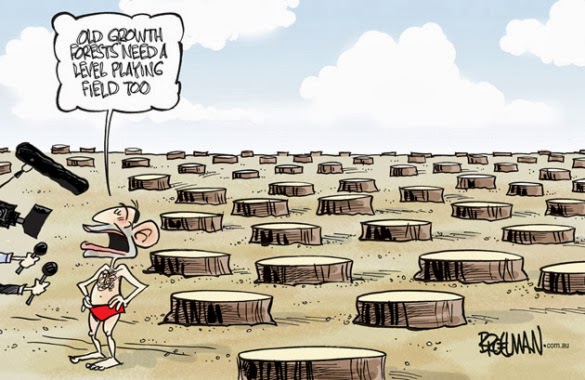
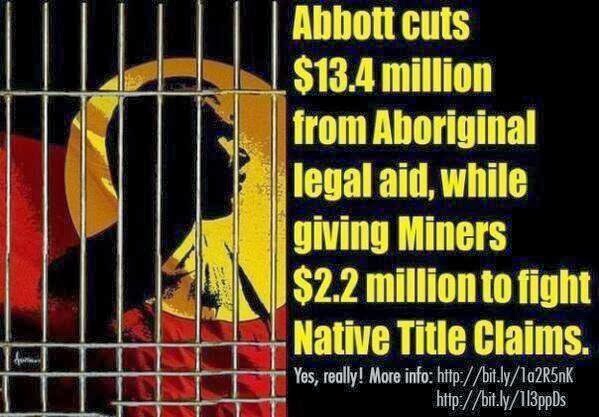
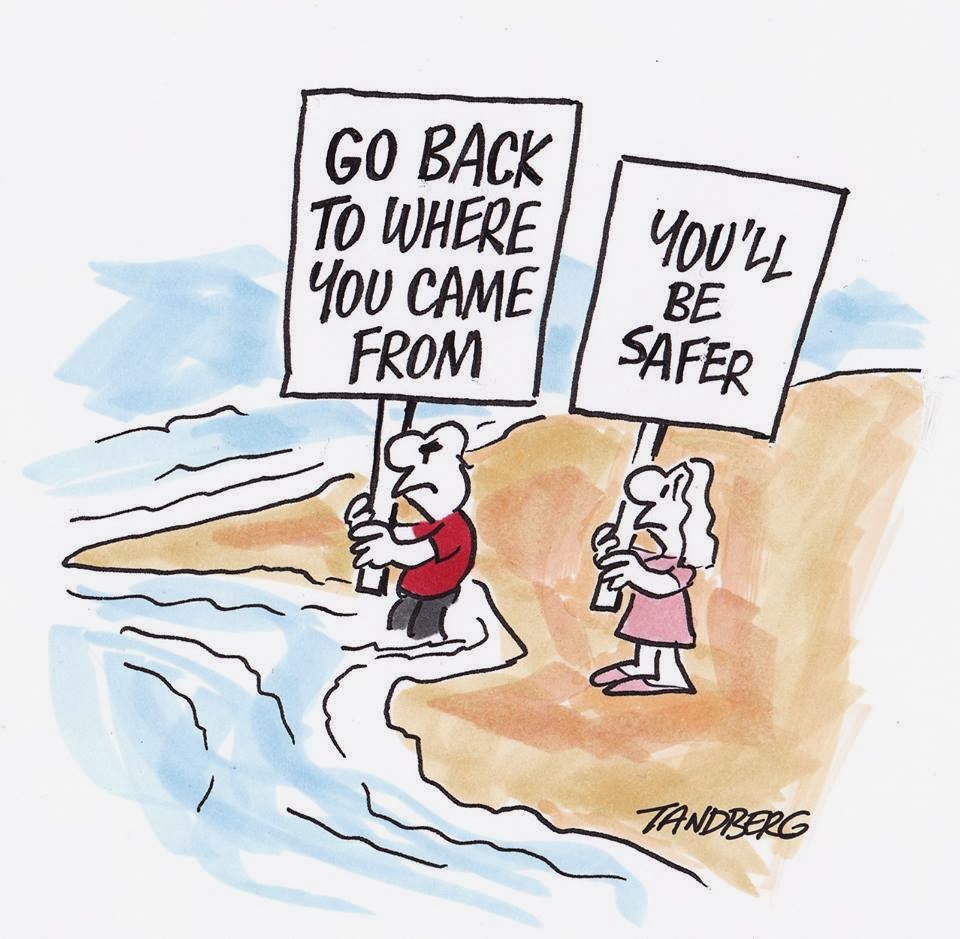

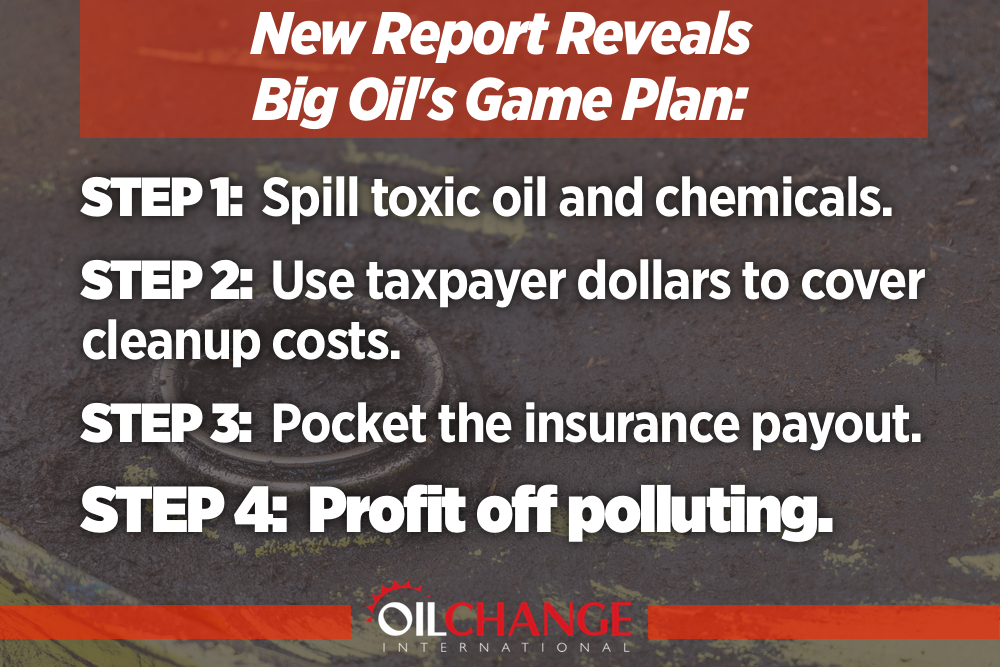
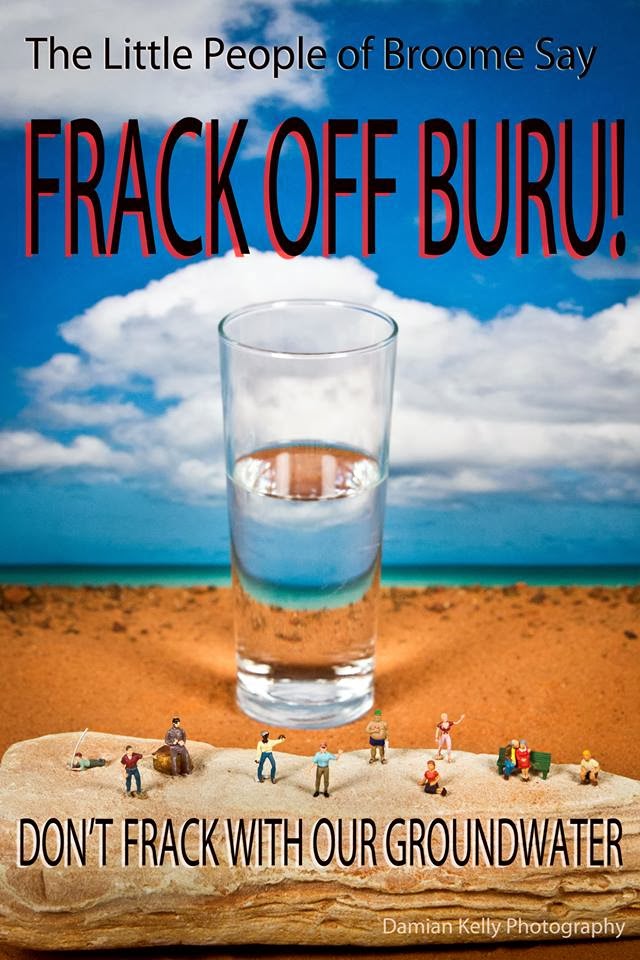
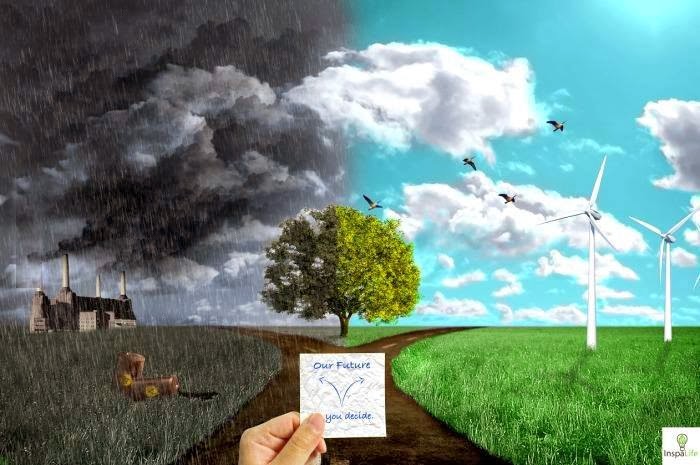
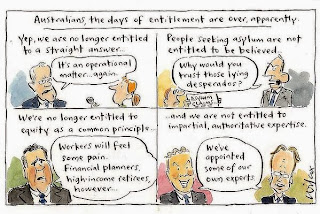



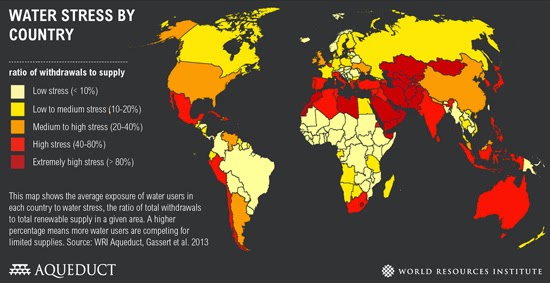

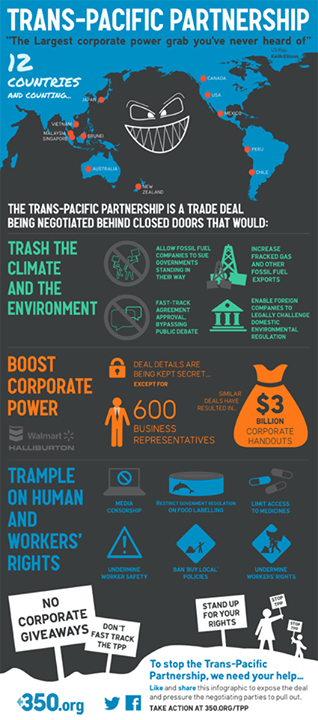
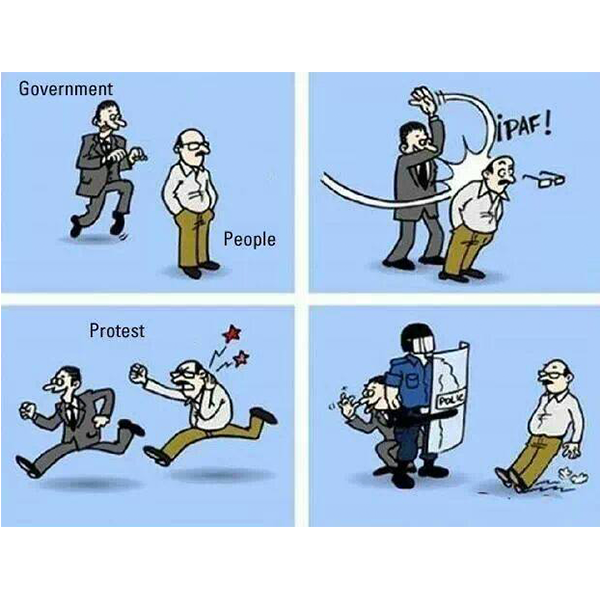












 Photo Damian Kelly
Photo Damian Kelly











